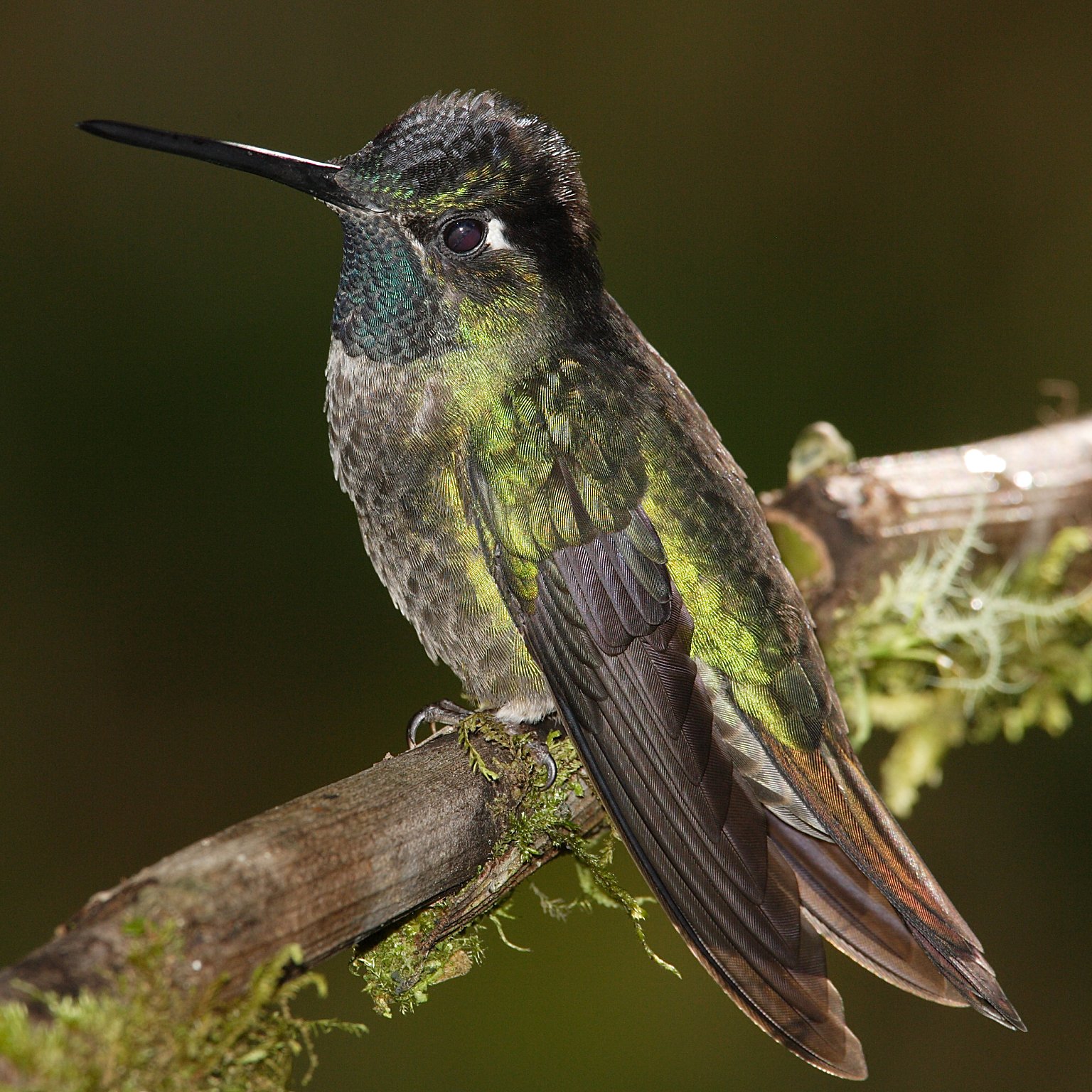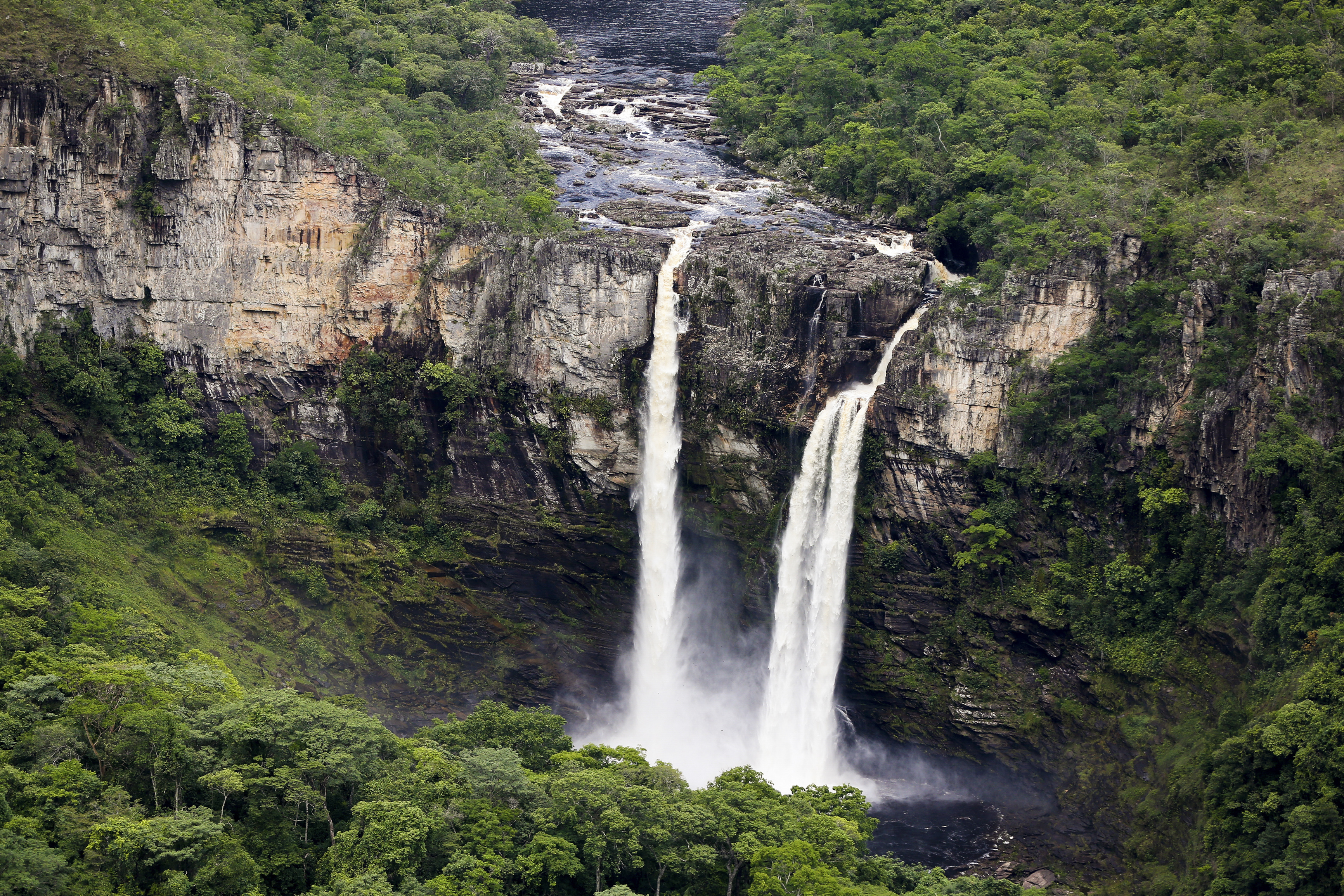|
Festive Coquette
The festive coquette (''Lophornis chalybeus'') is a species of hummingbird in the "coquettes", tribe Lesbiini of subfamily Lesbiinae. It is endemic to Brazil.HBW and BirdLife International (2020) ''Handbook of the Birds of the World and BirdLife International digital checklist of the birds of the world'' Version 5. Available at: http://datazone.birdlife.org/userfiles/file/Species/Taxonomy/HBW-BirdLife_Checklist_v5_Dec20.zip xls zipped 1 MBretrieved May 27, 2021 Taxonomy and systematics The festive coquette and what are now the butterfly coquette (''L. verreauxii'') and peacock coquette (''L. pavoninus'') were for a time placed in genus ''Polemistria'' that was soon merged into the current ''Lophornis''. The butterfly coquette was treated as conspecific with the festive coquette but was split as its own species in 2019. The festive coquette is monotypic.Remsen, J. V., Jr., J. I. Areta, E. Bonaccorso, S. Claramunt, A. Jaramillo, D. F. Lane, J. F. Pacheco, M. B. Robbins, F. G. ... [...More Info...] [...Related Items...] OR: [Wikipedia] [Google] [Baidu] |
Coenraad Jacob Temminck
Coenraad Jacob Temminck (; 31 March 1778 – 30 January 1858) was a Dutch aristocrat, zoologist and museum director. Biography Coenraad Jacob Temminck was born on 31 March 1778 in Amsterdam in the Dutch Republic. From his father, Jacob Temminck, who was treasurer of the Dutch East India Company with links to numerous travellers and collectors, he inherited a large collection of bird specimens. His father was a good friend of Francois Levaillant who also guided Coenraad. Temminck's ''Manuel d'ornithologie, ou Tableau systématique des oiseaux qui se trouvent en Europe'' (1815) was the standard work on European birds for many years. He was also the author of ''Histoire naturelle générale des Pigeons et des Gallinacées'' (1813–1817), ''Nouveau Recueil de Planches coloriées d'Oiseaux'' (1820–1839), and contributed to the mammalian sections of Philipp Franz von Siebold's ''Fauna japonica'' (1844–1850). Temminck was the first director of the National Museum of Natural ... [...More Info...] [...Related Items...] OR: [Wikipedia] [Google] [Baidu] |
American Ornithological Society
The American Ornithological Society (AOS) is an ornithological organization based in the United States. The society was formed in October 2016 by the merger of the American Ornithologists' Union (AOU) and the Cooper Ornithological Society. Its members are primarily professional ornithologists, although membership is open to anyone with an interest in birds. The society publishes the two scholarly journals, '' The Auk'' and '' The Condor'' as well as the '' AOS Checklist of North American Birds''. In 2013, the American Ornithologists' Union announced a close partnership with the Cooper Ornithological Society, including joint meetings, a centralized publishing office, and a refocusing of their respective journals to increase efficiency of research. In October 2016, the AOU announced that it was ceasing to operate as an independent union and was merging with the Cooper Ornithological Society to create the American Ornithological Society. History The American Ornithologists' ... [...More Info...] [...Related Items...] OR: [Wikipedia] [Google] [Baidu] |
Hummingbird Species Of South America
Hummingbirds are birds native to the Americas and comprise the biological family Trochilidae. With about 361 species and 113 genera, they occur from Alaska to Tierra del Fuego, but the vast majority of the species are found in the tropics around the equator. They are small birds, with most species measuring in length. The smallest extant hummingbird species is the bee hummingbird, which weighs less than . The largest hummingbird species is the giant hummingbird, weighing . They are specialized for feeding on flower nectar, but all species also consume flying insects or spiders. Hummingbirds split from their sister group, the swifts and treeswifts, around 42 million years ago. The common ancestor of extant hummingbirds is estimated to have lived 22 million years ago in South America. They are known as hummingbirds because of the humming sound created by their beating wings, which flap at high frequencies audible to humans. They hover in mid-air at rapid wing-flapping rates, ... [...More Info...] [...Related Items...] OR: [Wikipedia] [Google] [Baidu] |
Endemic Birds Of Brazil
Endemism is the state of a species being found in a single defined geographic location, such as an island, state, nation, country or other defined zone; organisms that are indigenous to a place are not endemic to it if they are also found elsewhere. For example, the Cape sugarbird is found exclusively in southwestern South Africa and is therefore said to be ''endemic'' to that particular part of the world. An endemic species can be also be referred to as an ''endemism'' or in scientific literature as an ''endemite''. For example ''Cytisus aeolicus'' is an endemite of the Italian flora. '' Adzharia renschi'' was once believed to be an endemite of the Caucasus, but it was later discovered to be a non-indigenous species from South America belonging to a different genus. The extreme opposite of an endemic species is one with a cosmopolitan distribution, having a global or widespread range. A rare alternative term for a species that is endemic is "precinctive", which applies to sp ... [...More Info...] [...Related Items...] OR: [Wikipedia] [Google] [Baidu] |
Birds Of The Atlantic Forest
Birds are a group of warm-blooded vertebrates constituting the class Aves (), characterised by feathers, toothless beaked jaws, the laying of hard-shelled eggs, a high metabolic rate, a four-chambered heart, and a strong yet lightweight skeleton. Birds live worldwide and range in size from the bee hummingbird to the ostrich. There are about ten thousand living species, more than half of which are passerine, or "perching" birds. Birds have whose development varies according to species; the only known groups without wings are the extinct moa and elephant birds. Wings, which are modified forelimbs, gave birds the ability to fly, although further evolution has led to the loss of flight in some birds, including ratites, penguins, and diverse endemic island species. The digestive and respiratory systems of birds are also uniquely adapted for flight. Some bird species of aquatic environments, particularly seabirds and some waterbirds, have further evolved for swimming. ... [...More Info...] [...Related Items...] OR: [Wikipedia] [Google] [Baidu] |
Lophornis
''Lophornis'' is a genus of hummingbird in the family Trochilidae. These are all tiny birds, ranking among the smallest hummingbirds. No species exceeds and most are under in total length, weighing 3 grams or less. The male coquettes are noted from their outlandish, colorful crests and markings, the females being more subdued. Taxonomy and species list The genus ''Lophornis'' was introduced by the French naturalist René Lesson in 1829. The type species was subsequently designated as the tufted coquette (''Lophornis ornatus''). The generic name combines the Ancient Greek ''lophos'' meaning "crest" or "tuft" with ''ornis'' meaning "bird". The genus contains the following eleven species: References Lophornis, Taxonomy articles created by Polbot Higher-level bird taxa restricted to the Neotropics Taxa named by René Lesson {{hummingbird-stub ... [...More Info...] [...Related Items...] OR: [Wikipedia] [Google] [Baidu] |
IUCN
The International Union for Conservation of Nature (IUCN; officially International Union for Conservation of Nature and Natural Resources) is an international organization working in the field of nature conservation and sustainable use of natural resources. It is involved in data gathering and analysis, research, field projects, advocacy, and education. IUCN's mission is to "influence, encourage and assist societies throughout the world to conserve nature and to ensure that any use of natural resources is equitable and ecologically sustainable". Over the past decades, IUCN has widened its focus beyond conservation ecology and now incorporates issues related to sustainable development in its projects. IUCN does not itself aim to mobilize the public in support of nature conservation. It tries to influence the actions of governments, business and other stakeholders by providing information and advice and through building partnerships. The organization is best known to the wider ... [...More Info...] [...Related Items...] OR: [Wikipedia] [Google] [Baidu] |
Trap-lining
In ethology and behavioral ecology, trap-lining or traplining is a feeding strategy in which an individual visits food sources on a regular, repeatable sequence, much as trappers check their lines of traps. Traplining is usually seen in species foraging for floral resources. This involves a specified route in which the individual traverses in the same order repeatedly to check specific plants for flowers that hold nectar, even over long distances. Trap-lining has been described in several taxa, including bees, butterflies, tamarins, bats, rats, and hummingbirds and tropical fruit-eating mammals such as opossums, capuchins and kinkajous. Traplining is used to term the method in which bumblebees and hummingbirds go about collecting nectar, and consequently, pollinating each plant they visit. The term "traplining" was originally coined by Daniel Janzen, although the concept was discussed by Charles Darwin and Nikolaas Tinbergen. Behavioral response In the instance of hummingbi ... [...More Info...] [...Related Items...] OR: [Wikipedia] [Google] [Baidu] |
Cerrado
The ''Cerrado'' (, ) is a vast ecoregion of tropical savanna in eastern Brazil, particularly in the states of Goiás, Mato Grosso do Sul, Mato Grosso, Tocantins, Minas Gerais, and the Federal District. The core areas of the Cerrado biome are the Brazilian highlands – the ''Planalto''. The main habitat types of the Cerrado consist of forest savanna, wooded savanna, park savanna and gramineous-woody savanna. The ''Cerrado'' also includes savanna wetlands and gallery forests. The second largest of Brazil's major habitat types, after the Amazonian rainforest, the Cerrado accounts for a full 21 percent of the country's land area (extending marginally into Paraguay and Bolivia). The first detailed European account of the Brazilian cerrados was provided by Danish botanist Eugenius Warming (1892) in the book ''Lagoa Santa'', : The above is the original. There are other, later French and Portuguese translations not listed here. in which he describes the main features of th ... [...More Info...] [...Related Items...] OR: [Wikipedia] [Google] [Baidu] |
Secondary Forest
A secondary forest (or second-growth forest) is a forest or woodland area which has re-grown after a timber harvest or clearing for agriculture, until a long enough period has passed so that the effects of the disturbance are no longer evident. It is distinguished from an old-growth forest (primary or primeval forest), which has not recently undergone such disruption, and complex early seral forest, as well as third-growth forests that result from harvest in second growth forests. Secondary forest regrowing after timber harvest differs from forest regrowing after natural disturbances such as fire, insect infestation, or windthrow because the dead trees remain to provide nutrients, structure, and water retention after natural disturbances. However, often after natural disturbance the timber is harvested and removed from the system, in which case the system more closely resembles secondary forest rather than seral forest. Description Depending on the forest, the development ... [...More Info...] [...Related Items...] OR: [Wikipedia] [Google] [Baidu] |
Primary Forest
An old-growth forestalso termed primary forest, virgin forest, late seral forest, primeval forest, or first-growth forestis a forest that has attained great age without significant disturbance, and thereby exhibits unique ecological features, and might be classified as a climax community. The Food and Agriculture Organization of the United Nations defines primary forests as naturally regenerated forests of native tree species where there are no clearly visible indications of human activity and the ecological processes are not significantly disturbed. More than one-third (34 percent) of the world's forests are primary forests. Old-growth features include diverse tree-related structures that provide diverse wildlife habitat that increases the biodiversity of the forested ecosystem. Virgin or first-growth forests are old-growth forests that have never been logged. The concept of diverse tree structure includes multi-layered canopies and canopy gaps, greatly varying tree hei ... [...More Info...] [...Related Items...] OR: [Wikipedia] [Google] [Baidu] |



.jpg)
.jpg)





